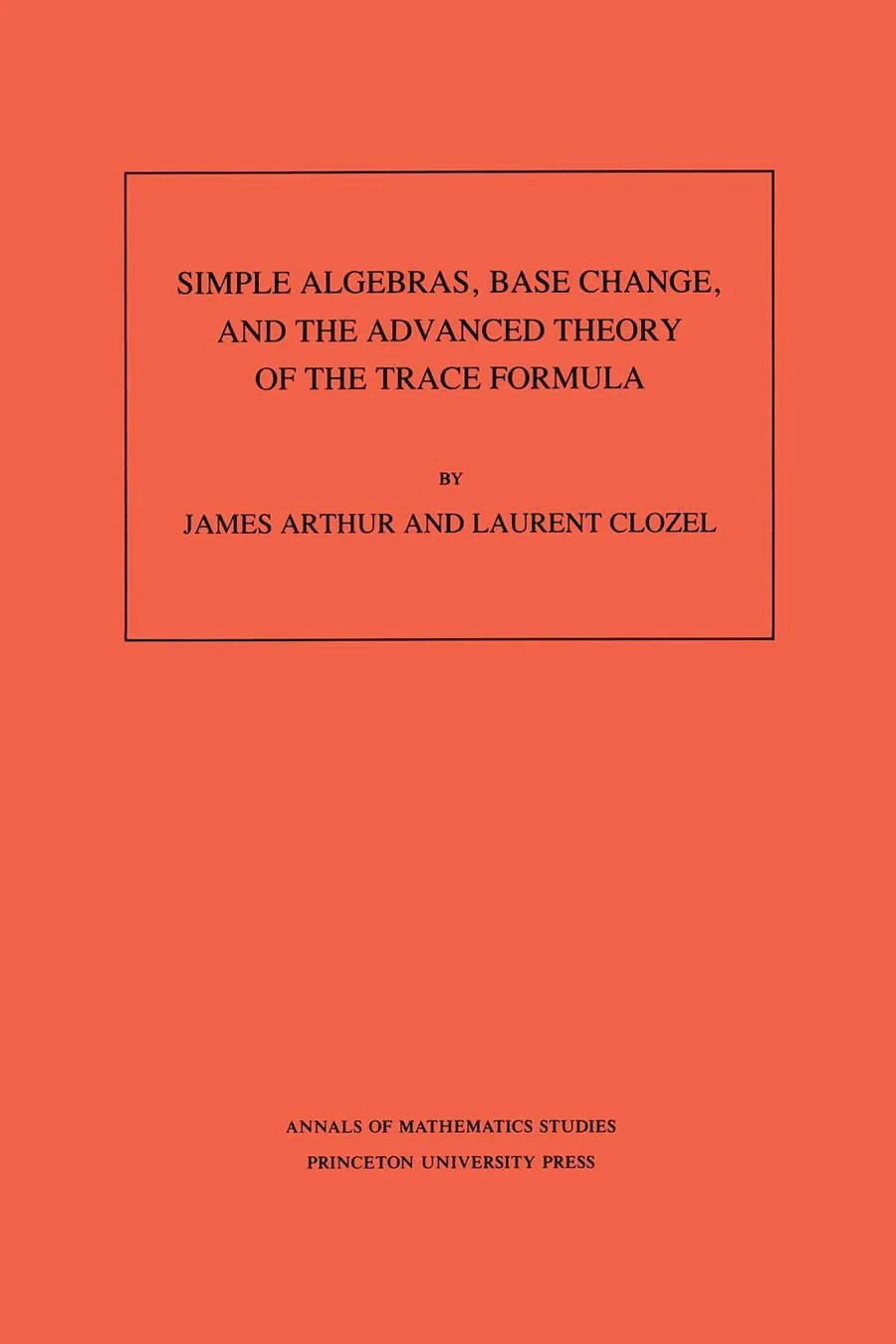
Simple Algebras, Base Change, and the Advanced Theory of the Trace Formula. (AM-
Smartfox Books Code: PR8625
Approx $137.85 USD
"Simple Algebras, Base Change, and the Advanced Theory of the Trace Formula (AM-120)" is a critical academic work that delves into some of the most advanced and complex areas of mathematics, particularly focusing on algebra and number theory. This monograph, part of the esteemed "Annals of Mathematics Studies" series, provides an in-depth exploration of the structure of simple algebras, the concept of base change, and the intricate applications of the trace formula.
The book serves as a significant resource for graduate students, researchers, and professionals in mathematics who are engaged in the study of algebraic structures and number theory. It provides a comprehensive examination of the trace formula and its advanced applications, offering valuable insights into how these mathematical concepts are utilized in various theoretical frameworks.
Key Features:
-
Advanced Mathematical Theory: This book covers advanced topics in algebra and number theory, making it an essential
resource for those engaged in high-level mathematical research.
-
In-Depth Exploration of Simple Algebras: The text provides a thorough analysis of simple algebras, offering detailed
explanations and examples to illustrate these complex structures.
-
Base Change Concepts: It examines the concept of base change in algebra, exploring its implications and applications in
different mathematical contexts.
-
Detailed Trace Formula Discussion: The book delves into the advanced theory of the trace formula, providing a deep
understanding of its role in mathematical analysis and its applications across various fields.
-
Scholarly Resource: As part of the Annals of Mathematics Studies series, this book is recognized for its academic rigor and
is widely used in graduate-level courses and research.
-
Comprehensive Coverage: The book covers a broad range of topics related to simple algebras, base change, and the trace
formula, making it a comprehensive resource for advanced studies.
-
Authored by Experts: Written by leading mathematicians, this book reflects the latest research and developments in the
field, ensuring that readers are getting accurate and up-to-date information.
-
Ideal for Graduate Students: The book is designed for graduate students in mathematics, offering both foundational
knowledge and advanced insights that are crucial for further research and academic pursuits.
-
Useful for Researchers: Researchers in algebra, number theory, and related fields will find this book invaluable for its
detailed analysis and in-depth discussions on complex mathematical concepts.
-
Part of a Renowned Series: As an Annals of Mathematics Studies publication, this book is part of a highly respected series
that is known for its contributions to the field of mathematics.
Explore the complexities of algebra and number theory with "Simple Algebras, Base Change, and the Advanced Theory of the Trace Formula
(AM-120)." This comprehensive academic work offers essential insights into some of the most challenging areas of mathematics, making it a
valuable resource for graduate students, researchers, and professionals in the field.
Description:
A general principle, discovered by Robert Langlands and named by him the "functoriality principle," predicts relations between automorphic
forms on arithmetic subgroups of different reductive groups. Langlands functoriality relates the eigenvalues of Hecke operators acting on
the automorphic forms on two groups (or the local factors of the "automorphic representations" generated by them). In the few instances
where such relations have been probed, they have led to deep arithmetic consequences. This book studies one of the simplest general problems
in the theory, that of relating automorphic forms on arithmetic subgroups of GL(n,E) and GL(n,F) when E/F is a cyclic extension of number
fields. (This is known as the base change problem for GL(n).) The problem is attacked and solved by means of the trace formula. The book
relies on deep and technical results obtained by several authors during the last twenty years. It could not serve as an introduction to
them, but, by giving complete references to the published literature, the authors have made the work useful to a reader who does not know
all the aspects of the theory of automorphic forms.
The product may be provided by a different brand of comparable quality.
The actual product may vary slightly from the image shown.
Shop amazing plants at The Node – a top destination for plant lovers



.jpg)
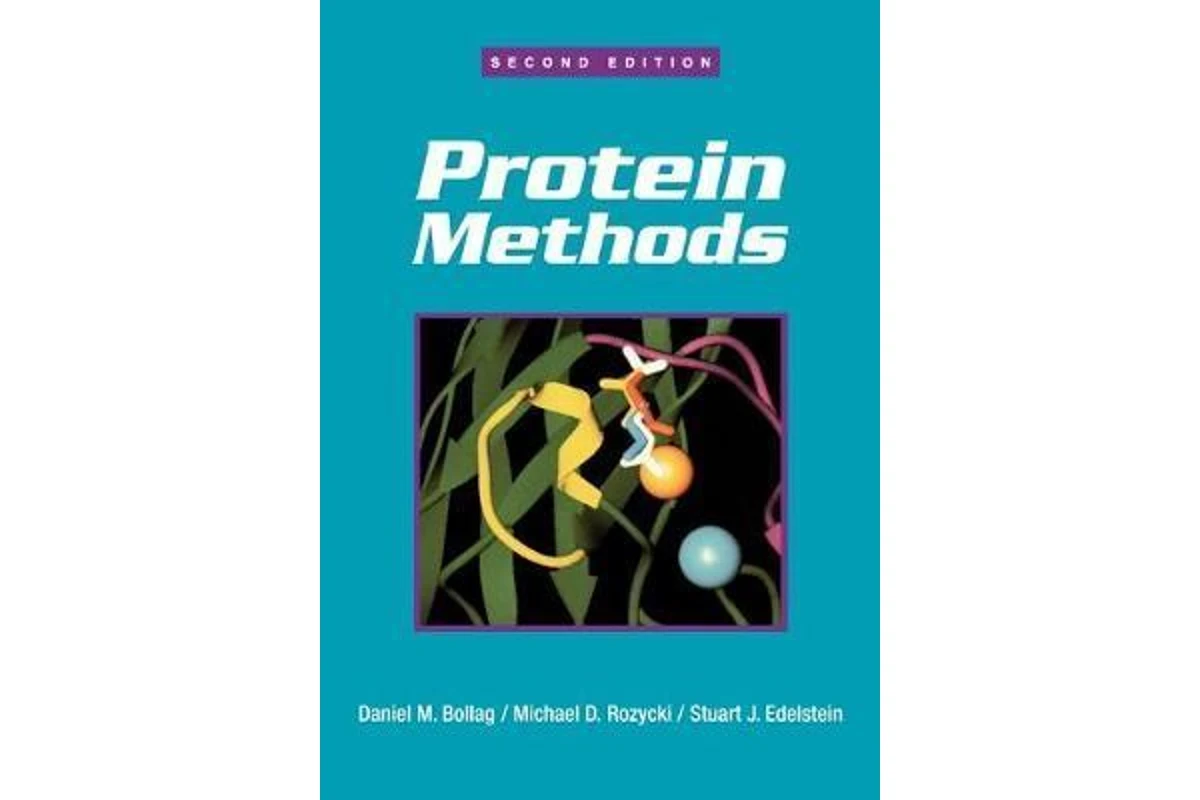

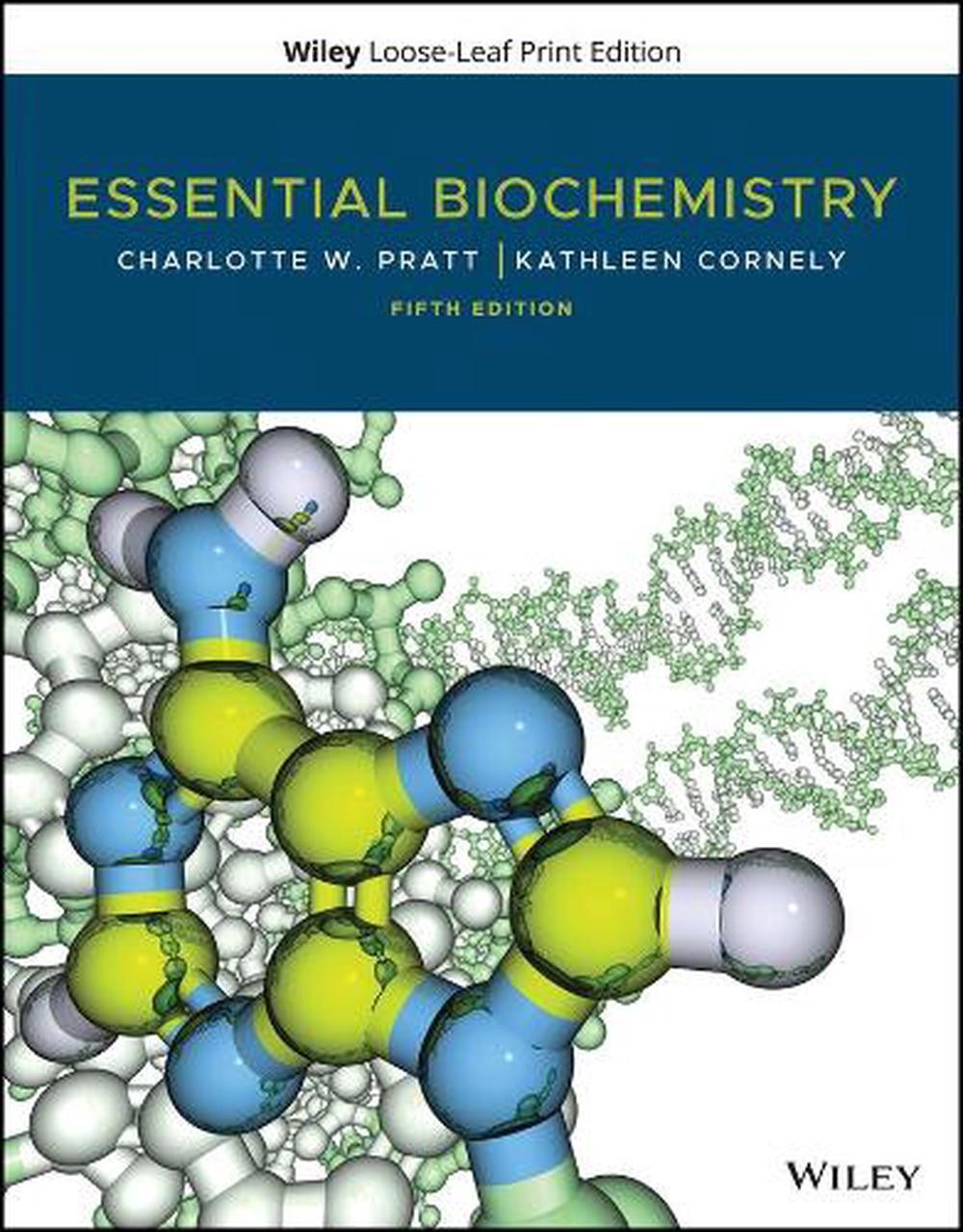


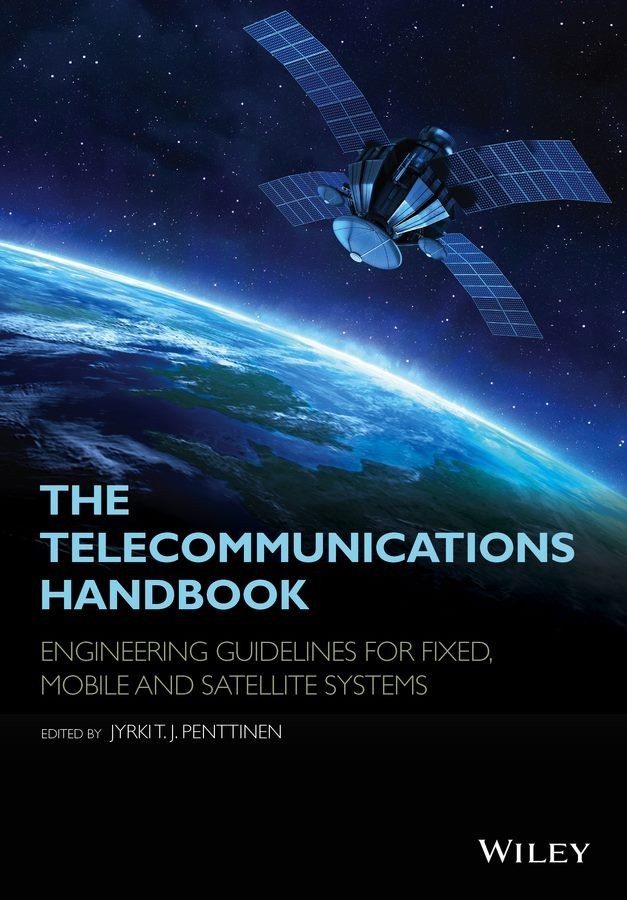


.jpg)









.jpg)





.jpeg)





.jpeg)



.jpeg)








.jpeg)



.jpeg)

.jpeg)
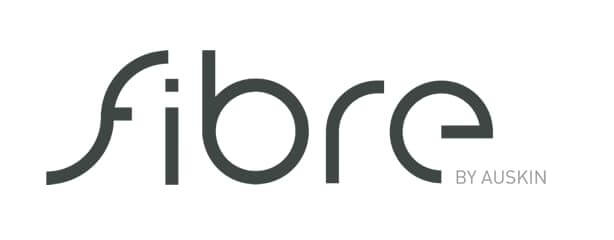
.jpeg)

.jpeg)




.jpeg)
.jpg)

.jpeg)






.jpeg)
.jpeg)




.jpeg)





.jpeg)


.jpeg)

.jpeg)

.jpeg)

.jpeg)







.jpeg)
.jpeg)
.jpeg)





.jpeg)



.jpeg)






.jpg)
.jpeg)









.jpg)


ulva-Logo.jpg)




.jpeg)



.png)

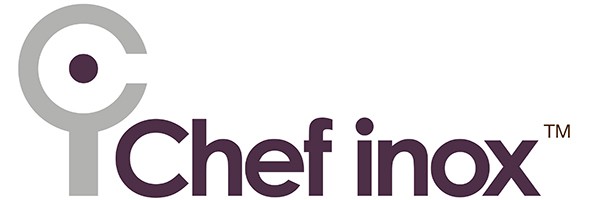

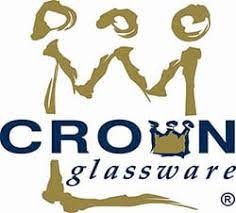









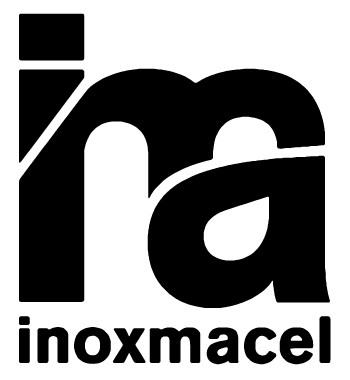

.png)























